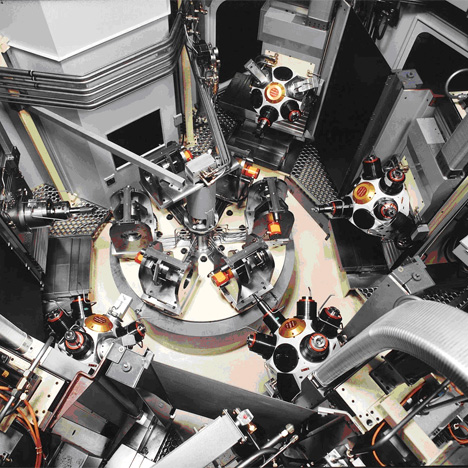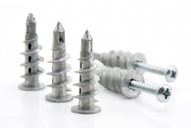Ensuring food safety compliance is a top priority for any food processing or manufacturing facility in the United States. Regulatory requirements are increasingly stringent, demanding precise monitoring and control of every stage of production. One essential tool that supports these efforts is the Sanitary Pressure Gauge, which plays a crucial role in maintaining hygienic conditions and meeting regulatory standards.
Why Pressure Monitoring Matters in Food Safety
Pressure gauges are integral to food processing systems, particularly in applications involving pasteurization, sterilization, and clean-in-place (CIP) procedures. Accurate pressure readings ensure that equipment operates within safe parameters, preventing contamination and equipment failure. By maintaining optimal pressure levels, facilities can avoid scenarios where bacteria or other harmful agents might survive due to inadequate processing.
The Advantages of Using a Sanitary Pressure Gauge
Unlike standard pressure gauges, sanitary models are specifically designed for use in environments where cleanliness and contamination control are paramount. Here’s why adopting a sanitary pressure gauge is vital for food safety compliance:
- Hygienic Design: These gauges feature smooth, crevice-free surfaces that prevent the buildup of food particles and bacteria. Materials such as stainless steel are commonly used for their corrosion resistance and ease of cleaning.
- Compliance with Standards: Sanitary gauges are engineered to meet FDA and USDA requirements, as well as 3-A sanitary standards, ensuring your facility adheres to the latest compliance guidelines.
- Easy Maintenance: With quick-release fittings and simple disassembly, these gauges can be thoroughly cleaned and sanitized as part of routine maintenance schedules.
- Accurate Readings: High-precision measurement ensures that processes such as pasteurization or pressure-based sterilization remain within safe and effective ranges at all times.
Key Features to Look For
When selecting a sanitary pressure gauge for your US facility, consider the following features to maximize both compliance and operational efficiency:
- Material Quality: Opt for gauges made from high-grade stainless steel, which resists corrosion and supports frequent cleaning.
- Process Connections: Look for sanitary tri-clamp or other hygienic fittings that facilitate easy installation and removal.
- Glycerin-Filled Options: These help dampen vibrations, providing more stable readings in high-activity environments.
- Clear Dial Markings: Easy-to-read dials reduce the risk of operator error.
- Temperature Resistance: Ensure the gauge can withstand the temperature ranges required for your processes.
Steps to Implement Sanitary Pressure Gauges Effectively
Adopting the right pressure measurement tools is only the first step toward full compliance. Consider these actionable tips:
- Train staff on proper installation, calibration, and maintenance of gauges.
- Schedule regular inspections and cleaning as part of your standard operating procedures.
- Keep documentation of gauge calibration and maintenance for audit purposes.
Supporting Your Facility’s Food Safety Goals
Integrating a sanitary pressure gauge into your food processing system is a proactive step that enhances food safety, streamlines compliance, and protects your brand reputation. With the right equipment and regular maintenance, your facility can confidently meet regulatory demands while ensuring the highest standards of product quality.
By prioritizing hygienic design and accurate monitoring, your US facility not only safeguards consumer health but also fosters trust with regulators and customers alike. Investing in specialized tools like sanitary pressure gauges demonstrates a commitment to excellence in food safety and operational efficiency.


